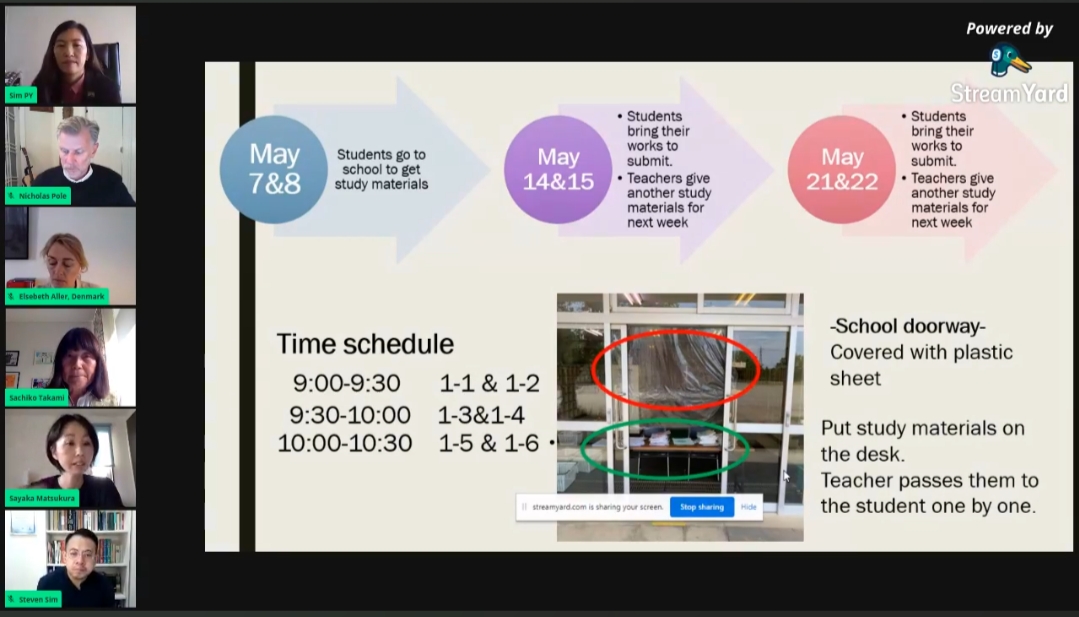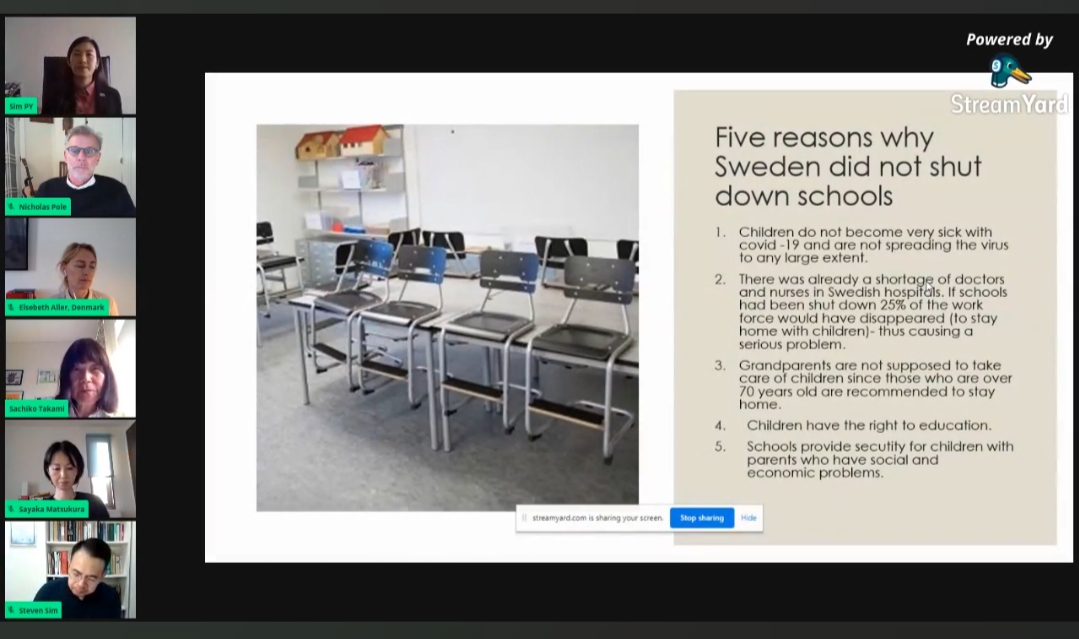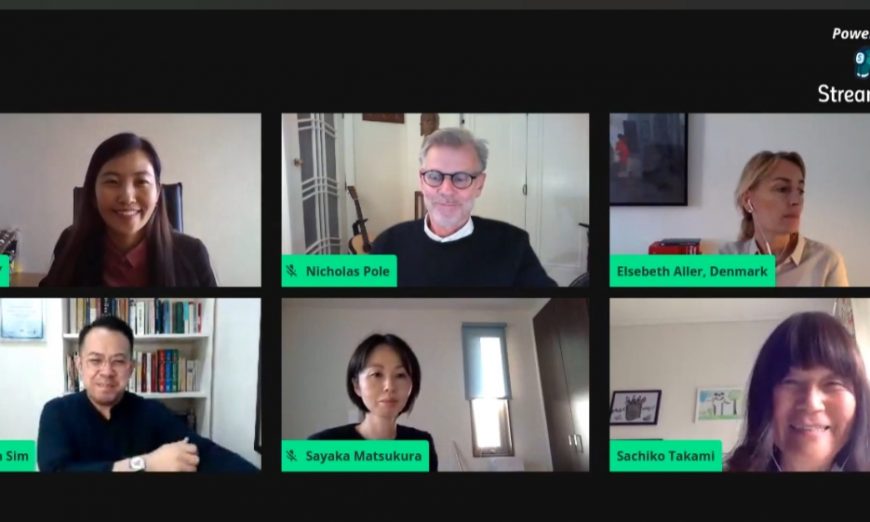THE Penang government is exploring various precautionary measures that can be implemented in educational institutions post-conditional movement control order (CMCO).
Bukit Mertajam MP Steven Sim, who is also the Penang Fights Covid-19 Campaign communications director, said Penang has recorded no new Covid-19 cases for the past three weeks.
“It is an indication that the (infection) curve has been flattened to an extent.
“This e-forum can give us a better perspective on how the other countries are preventing the spread of Covid-19 as their students are returning to schools.
“Teachers will be the ‘new frontliners’ when the schools are reopened,” Sim said during the ‘Post CMCO: Schools Reopening – Are you ready?’ e-forum, which was aired live on the Buletin Mutiara Facebook page today.
The e-forum was organised by the Penang Chinese and Mission Schools Coordinating Committee.
The committee invited four guest speakers from Japan, Sweden, New Zealand and Denmark to share their experience and the safety measures practised in their respective countries.
Public junior high school English teacher in Japan Sayaka Matsukura said that most schools in Japan have planned to reopen on June 1.
“Some schools are already open.
“About 50% of the schools have set up the ‘school visit days’ for students,” she said.
Matsukura gave some examples in her presentation.
“The teachers would prepare a list of assignments for the students and the students have to complete them within a week. The students then submit the completed assignments at their schools. The teachers will then give another set of study materials and assignments, to be submitted again next week.

“We are planning to divide the classes into morning and afternoon sessions from June 1,” she said.
Swedish public school former teacher Sachiko Takami, who is also the Gösta Frohms Skogsmullestiftelsen vice-chairman, said the Swedish government took a different approach in managing the Covid-19 crisis.
“The government decided to close universities and high schools; but preschools, primary and junior high schools are not shut down.
“The Swedish government, based on scientific evidence, said children do not become very sick with Covid-19 and are not spreading the virus to any large extent.
“There was already a shortage of doctors and nurses in Swedish hospitals. If schools had been shut down, 10% of the workforce would have disappeared (to stay at home with children), thus causing a serious problem.
“The grandparents are not supposed to take care of the children since those who are above 70-year-old are recommended to stay home.
“Meanwhile, children have the right to education.
“Another reason is that schools provide security for students with parents who have social and economic problems,” Takami stated the five reasons why Sweden did not shut down schools.

Elsebeth Aller, who is the Head of Secretariat at the Center for Primary and Lower Secondary Education for the Ministry of Children and Education in Denmark, said, while in some ways, Sweden and Denmark are geographically and culturally close; however, both countries practised very different approaches.
“First of all, on March 16, Denmark was locked down. Everything was closed including schools, kindergarten and daycare centres. And on April 6, the Prime Minister of Denmark announced the reopening of Phase One.
“It has been a gradual and controlled reopening. It wasn’t a complete closed down and a complete reopening.
“A lot of work took place behind the scene in order to develop guidelines that must be applied when schools, kindergartens and daycare centres are reopened.
“Very shortly after, these institutions were allowed to open.
“On May 7, the reopening of Phase Two was announced by the Prime Minister. A week later, new guidelines were published. The last of our schools (Grade Six to 10) are allowed to open from May 18.
“Now, we are anticipating the reopening of the next phase in August,” she said.
Aller said that the overall approach for the reopening was done following central coordination and based on political decision.
“All our actions and planning were based on knowledge, intense dialogue and political decision.
“We have close cooperation with our stakeholders. We had meetings at the political level with the relevant stakeholders such as the teachers’ union, the parents’ organisations, the students’ organisations, the employers’ organisations, the local government and others.
“All relevant parties took part in digital meetings very often, to talk about how to formulate guidelines that are applicable in local situations,” she said.
New Zealand’s chief review officer and Education Review Office chief executive officer Nicholas Pole said the New Zealand borders were closed and schools, as well as early learning services and tertiary providers were closed from March 25.
“We have been on lockdown for about two months before we open up schools and allowing people to go back to work,” he said.
The 105-minute sharing session attracted almost 5,000 viewers at press time.
The public can watch the Facebook Live recording at https://www.facebook.com/
Story and pix by Christopher Tan

